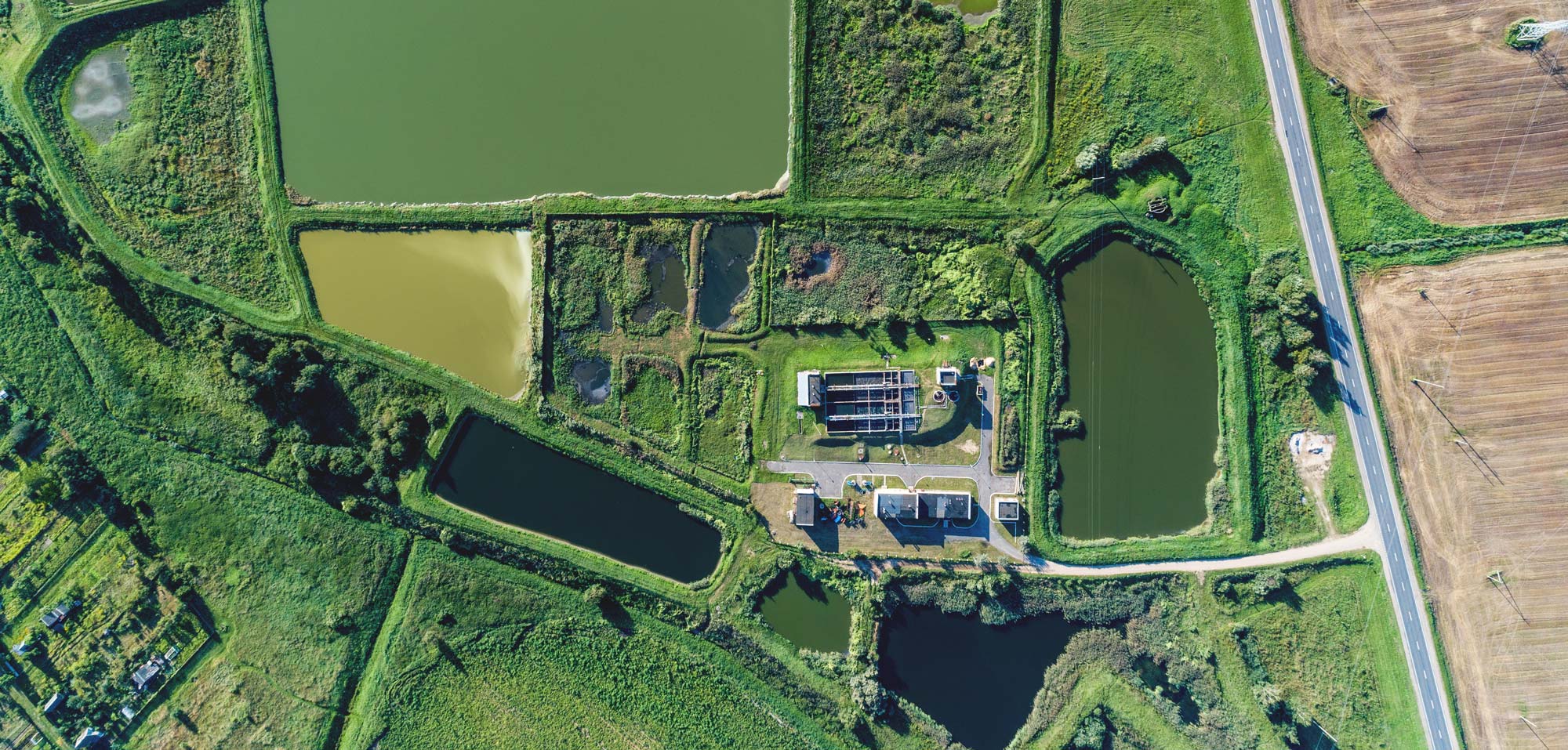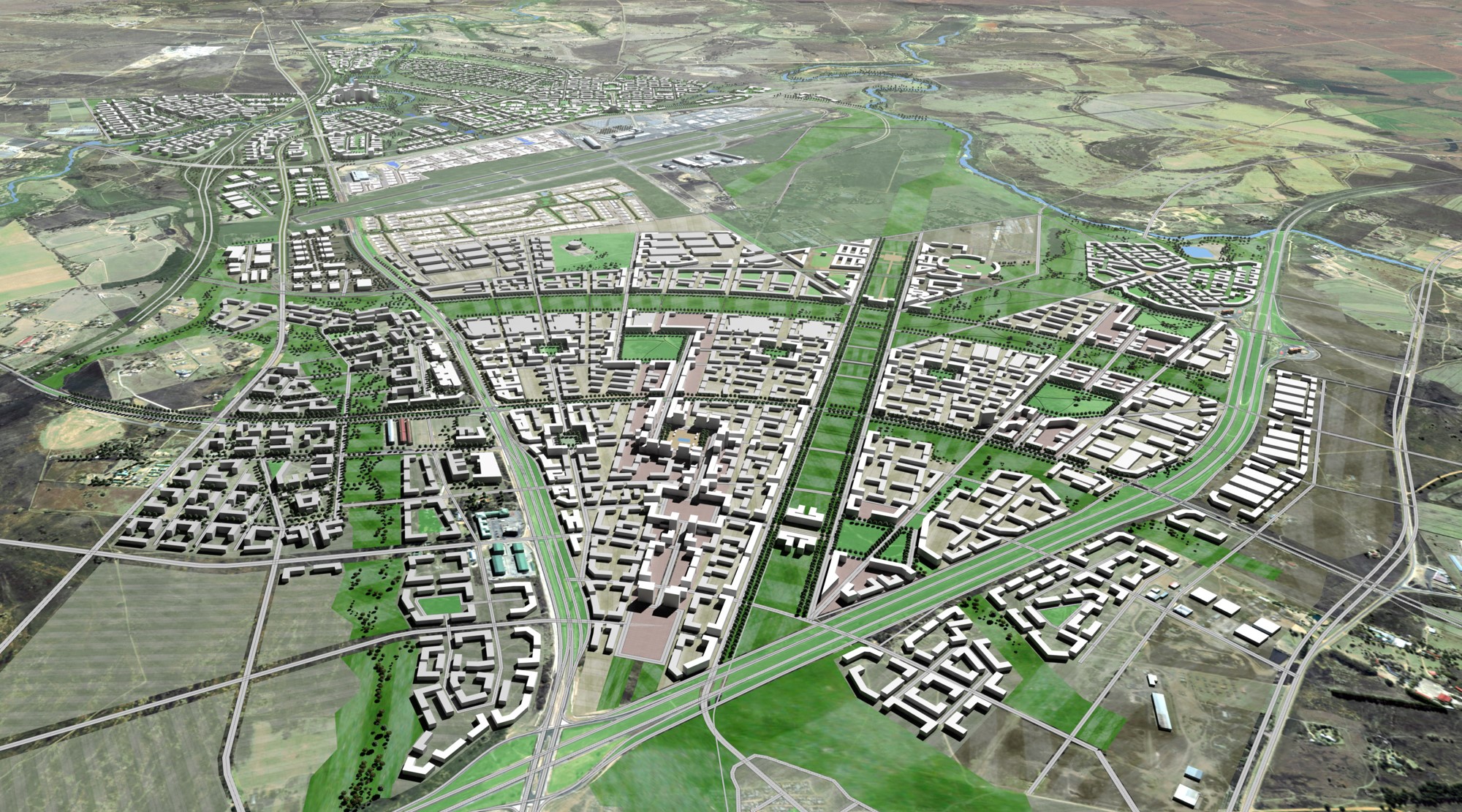
Energy from wastewater treatment
Anaerobic treatment is likely to continue being developed as it is a proven and energy-efficient method for treating wastewater. It uses anaerobic bacteria to convert organic pollutants, measured as COD (chemical oxygen demand), into biogas in an oxygen-free environment. This biogas can be used as a renewable fuel source.
My team at SMEC recently recommended the use of a new anaerobic treatment plant for a small facility, and it is particularly pleasing to see the process being successfully adapted to small applications, where it can benefit small scale operators. This century has seen tremendous progress in the industry’s ability to model anaerobic processes, and that is likely to lead to anaerobic treatment becoming more common at wastewater plants.
Experts in adaptation
The wastewater treatment industry has a history of enabling new processes to be adapted to different purposes.
As an example, the activated sludge process was developed in a laboratory in the early 1910s and made its way to townships in the 1920s and 1930s. In the 1970s and 1980s it was “miniaturised” to compact plants that could be fitted into a high-rise building’s basement and treat residents’ wastewater.
A notable example of this miniaturisation trend is the improvements in household-scale composting toilets. It is likely that these will be used more widely in the future, but they won’t be suitable for everyone, and safe use for the composted sludge must be agreed. A side benefit could be a reduction in suspended solids in wastewater, which can, in turn, offset the reduced use of water resulting from the Millennium Drought. And the current ultimate in miniaturisation, of course, is the potable wastewater reuse system on the International Space Station
“We help prevent adverse outcomes, maximise the use of positives like nutrients, and help the world move towards a circular economy.”
Moving towards a circular economy
Modern wastewater treatment has its origins in concerns over public health and, to some extent, public amenity. On one level, it was about avoiding odour and aesthetic problems. On a more immediate level, it was about continuing to meet public health needs.
But nowadays, we are acutely aware of the need to manage the environmental impact for the communities of the future. Our specialists advise clients on selecting levels of treatment, types of treatment processes, and best forms of reuse. We help prevent adverse outcomes, maximise the use of positives like nutrients, and help move the world move towards a circular economy. A circular economy is an alternative to a traditional linear economy (make, use, dispose) in which we keep resources in use for as long as possible, extract the maximum value from them whilst in use, then recover and regenerate products and materials at the end of each service life.
As an example, two of our projects return bio-solids to agricultural areas, which is a nice close to the nutrient cycle. When the initial treatment is anaerobic, this approach can also be combined with power generation and the use of struvite precipitation processes, which allows the use of a far higher quality nutrient by-product. More development on these is underway and can be investigated in depth from papers presented at the recent OzWater19 conference.
The challenges ahead
In my view, there are two main overlapping challenges for wastewater management. We must ensure new technology is applied effectively while also meeting the broader challenges of the climate crisis and environmental sustainability.
Historically, wastewater collection and treatment systems have used up to 1 – 2% of a communities’ power consumption, and thus contribute a small but significant amount to emissions created during traditional power generation. Also, there are direct emissions of carbon dioxide and other gases of concern, such as methane.
Better processes have been developed over the years, in part due to improved technology. The development of computers for example, in the 1970s and 80s allowed the full-scale application of activated sludge in its original laboratory form as an intermittent process. The extensive research into membranes in the 1950s to 1970s led to the development of thin film composite membranes, which were far more affordable than the older cellulose acetate membranes (although less durable). More recently, we have seen the development of ceramic membranes, and nanomembranes appear to be on the way.
With proper technology, wastewater can shift from excess to asset, offering many benefits and resources. This of course must be balanced with a long-term perspective, a focus on safety and public health, and robust environmental due diligence.
Related
insights
 A circular economy for water: water demand and fit for purpose supply
A circular economy for water: water demand and fit for purpose supply
Australia, and the world, is increasingly seeing the effect of climate change on our water supply and security. Scarcity and drought are becoming more prevalent, placing pressure on the current water supply network, and communities are expecting better solutions. As we mark National Water Week in Australia and prepare for summer, it is time to discuss how we best utilise our existing water supplies and create a more resilient future.
 Designing tomorrow’s sustainable cities: Lanseria Smart City
Designing tomorrow’s sustainable cities: Lanseria Smart City
The Greater Lanseria Master Plan (GLMP) is the first stage in the development of the new Smart City in Lanseria (Gauteng Province), as announced by South African President Cyril Ramaphosa in his 2020 State of the Nation Address. Following the announcement, a joint initiative led by the Gauteng Office of the Premier was formed to undertake extensive studies and engagements for the planning of Lanseria Smart City.
 70 Years Forward: Water and hydropower
70 Years Forward: Water and hydropower
"The water and hydropower sectors have changed dramatically since our origins on the iconic Snowy Mountains Hydro Scheme 70 years ago in 1949, one of the largest and most complex hydroelectric schemes in the world. While technology has advanced rapidly, water is and will continue to be an essential and ever scarcer global resource."
 Collaboration key to successful community outcomes for water resilience projects
Collaboration key to successful community outcomes for water resilience projects
The Murray-Darling Basin is an area of vast significance to Australia. It plays a crucial role in Australia’s food supply network, producing over 40% of our agricultural produce, and is home to 35 endangered species and 16 internationally significant wetlands. It supports over 2.2 million Australians, including 40 different First Nations communities.




